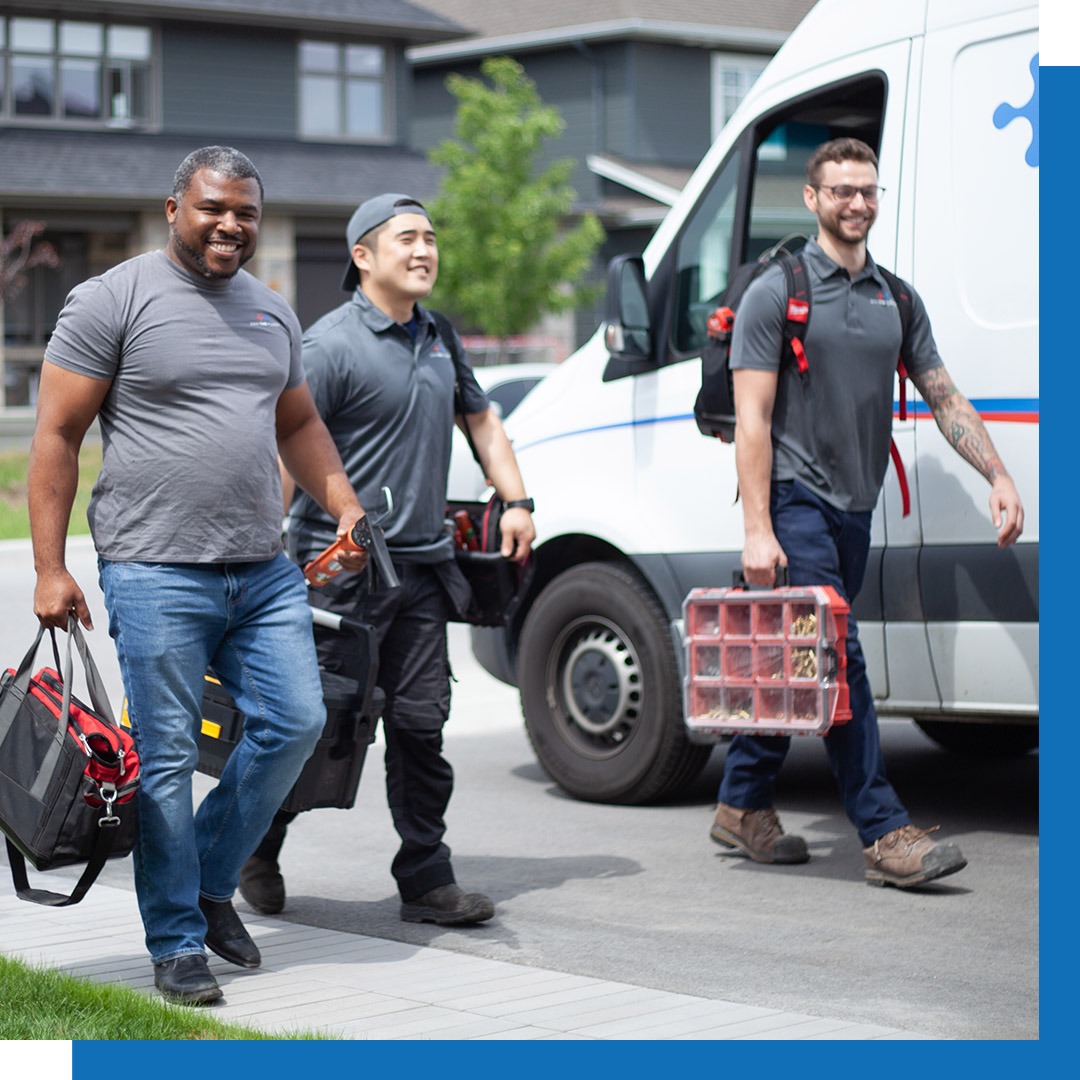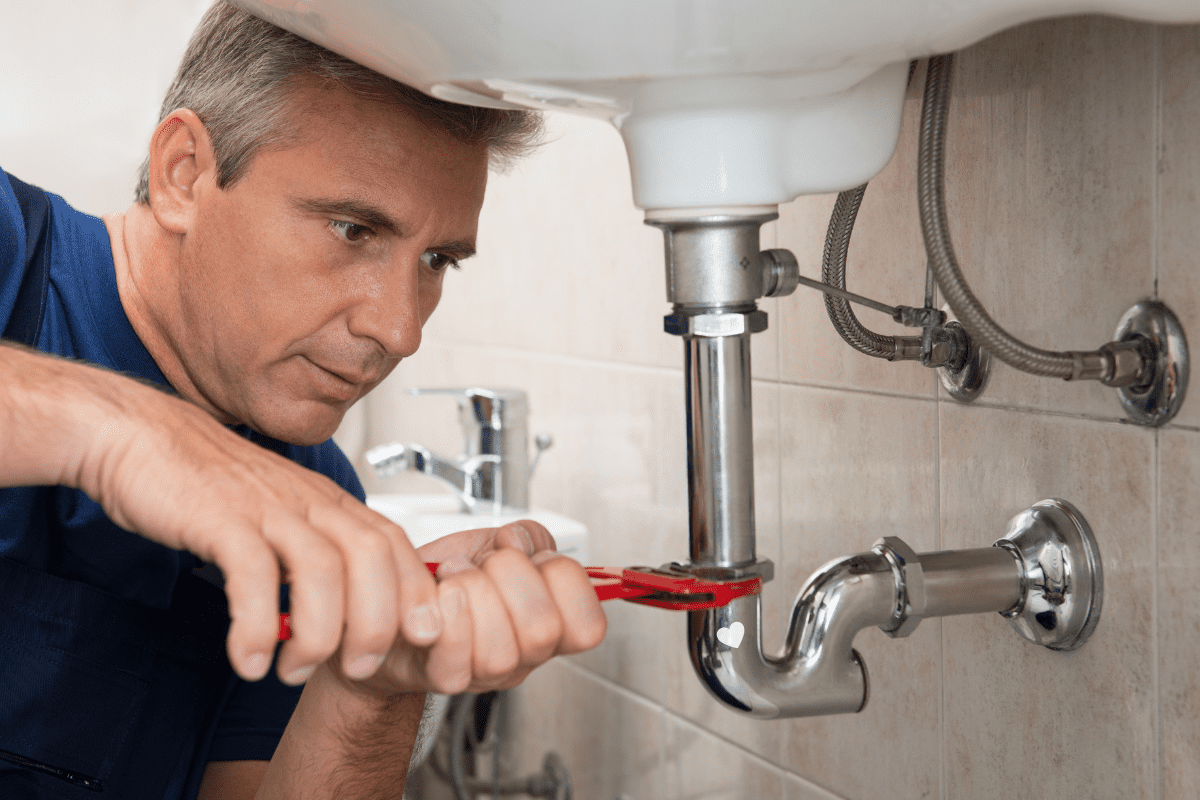Relied On Plumbing Services Alabaster AL for All Your Repairs
Relied On Plumbing Services Alabaster AL for All Your Repairs
Blog Article
A Detailed Guide to Reliable Hot Water Heater Installment for Optimal Efficiency
Getting started on the job of installing a water heating unit is a venture that requires precision and an organized approach for attaining optimum efficiency. As you continue, the ins and outs of attaching water supply lines and establishing up reputable electric or gas links wait for, appealing insights into ensuring effectiveness and integrity.
Picking the Right Water Heating Unit

Next, think about the size and capability of the hot water heater. It's essential to analyze your house's hot water requirements, which can differ based on the number of residents and their usage patterns. An unit that's as well small might result in not enough warm water, while a large design could lead to unneeded energy intake.
Performance rankings additionally play a crucial function in option. Look for water heating systems with high Power Factor (EF) ratings, suggesting superior performance and decreased energy use. Tankless versions, though normally a lot more expensive upfront, offer significant energy financial savings with time due to their on-demand home heating capacities.
Preparing the Installation Location
Before setting up a brand-new water heating unit, precise prep work of the installment location is crucial. It's essential to gauge the space thoroughly to fit the water heating unit's dimensions, guaranteeing sufficient clearance around the device for reliable procedure and maintenance.
Examine the flooring for security, as the water heater will require a solid, degree surface to run effectively. If required, set up a drip pan below the device to capture possible leaks or spills, stopping water damages to the surrounding area.
Furthermore, make certain that all required devices and products get on hand prior to beginning the installment. This consists of products such as wrenches, screwdrivers, a degree, and any kind of additional equipment needed for mounting and safeguarding the heater. A well-prepared setup location establishes the foundation for an effective water heater arrangement, optimizing efficiency and safety.
Connecting Water Supply Lines
When connecting water lines to your recently set up hot water heater, it is critical to ensure that all links are leak-free and safe and secure to preserve efficient procedure and prevent water damage. Begin by identifying the warm and cool water lines. The cool water inlet is commonly marked with a blue tag or a "C", while the hot water outlet is marked with a red label or an "H".
Use versatile water heating system connectors to facilitate an easier installation procedure. Before connecting the ports, place a plumbing technician's tape around the threaded ends of the water heater's inlet and outlet pipelines.
As soon as links are in location, gradually activate the main water system valve. Examine each link for leakages by visually inspecting and really feeling for wetness. Tighten up links as essential, and make sure the pressure relief shutoff is appropriately installed, guarding versus excessive pressure accumulation.
Establishing Electrical or Gas Connections
Effectively establishing the electric or gas connections for your water heating system is a crucial step to make sure secure and reliable operation. For electric hot water heater, start by validating that the electric circuit works with the heating system's voltage and amperage requirements. Make certain the power supply is transformed off at the breaker to avoid mishaps. Link the electrical cables to the heater adhering to the supplier's circuitry layout. Normally, this involves linking the ground cord to the green terminal, and the staying cables to their equivalent terminals, safeguarding each with wire nuts.
For gas water heaters, security is paramount. Verify that the gas supply is off prior to continuing. Attach the gas line to the hot water heater making use of a flexible gas adapter, ensuring it is appropriately threaded and sealed with pipe joint compound or Teflon tape ideal for gas links. Tighten up the connections with a wrench, making sure not to over-tighten (Drain Cleaning Alabaster AL).
When links are read the article made, evaluate for any potential leakages. For gas lines, use a soapy water service to the joints; bubbles suggest a leak. For electric connections, confirm that all circuitry is secure and correctly insulated, preserving compliance with neighborhood electric codes.
Examining and Readjusting for Performance
With the electrical and gas links safely in place, the following action is reviewing the operational performance of your water heating system. Begin by meticulously transforming on the water supply and making sure there are no leakages at any of the joints or valves.
Next, execute a comprehensive evaluation to make sure the burner or burner are working appropriately. For electrical heating units, use a multimeter to confirm if the components are attracting the proper existing. In gas models, observe the heater fire; it needs to be stable and blue, indicating effective combustion.
Adjust the settings as required to eliminate ineffectiveness. Think about applying insulation actions, such as adding a water heating unit covering, to even more improve performance by decreasing warmth loss. Furthermore, check the anode rod's problem, as a scrubby rod can lower effectiveness and result in storage tank rust.
Verdict
Efficient hot water heater installation is important for making certain ideal performance and energy financial savings. By selecting my explanation the ideal kind and size, and diligently preparing the installment area, a structure for success is developed. Safely attaching water supply lines and carefully establishing electrical or gas connections minimize prospective problems. Comprehensive screening for leakages and exact thermostat changes to 120 ° F enhance reliability and performance. Sticking to these steps promotes lasting performance and power conservation in domestic water heating unit.

Effectively establishing up the electrical or gas connections for your water heating system is a crucial step to make certain efficient and safe procedure. For electrical water heating units, start by verifying that the electric circuit is suitable with the heating system's voltage and amperage needs. Attach the gas line to the water heater utilizing an adaptable gas adapter, ensuring it is properly threaded and sealed with pipeline joint compound or Teflon tape appropriate for gas connections.
Report this page